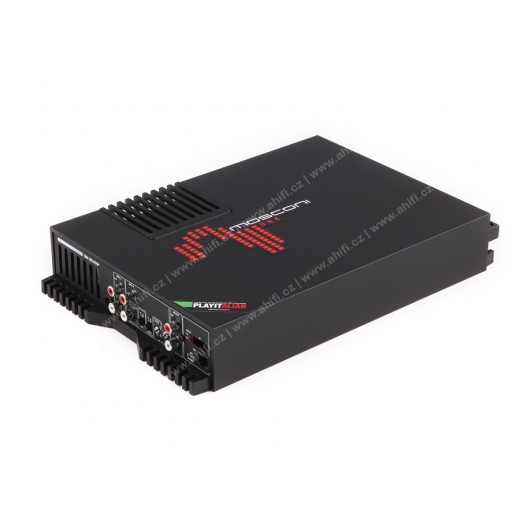Amplifier Mosconi Gladen ONE 100.6
6-channel, 6 x 100 / 3 x 240 into 4 Ω / 6 x 120 W RMS into 2 Ω, high-level input
More about the product
More about the product
Amplifier Mosconi Gladen ONE 100.6
6-channel amplifier from the Mosconi Gladen ONE series, amplifier with active cooling and built-in High/Low adapter with Auto Sense function. Sufficient power of 100 W RMS per channel is ideal for driving even very powerful speakers. Unique Italian design and exemplary workmanship.Key features of the Mosconi Gladen ONE 100.6 car amplifier
- The possibility of any attachment, multiple attachments on the side offer flexibility during assembly.
- High power 6 x 100 W RMS.
- Improved DC-DC converter.
- Built-in fan for active cooling of the amplifier.
- Power surge protection.
- More SMD components / less "traditional" components.
- Built-in High/Low adapter with automatic input signal recognition function.
- Made in Italy.
| Catalog number | ONE 100.6 |
| Brand | Mosconi Gladen |
| Links | Official web presentation |
Product comments
Evaluation
ask us




















